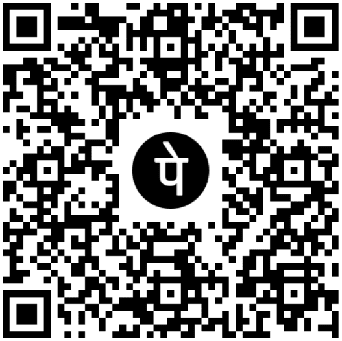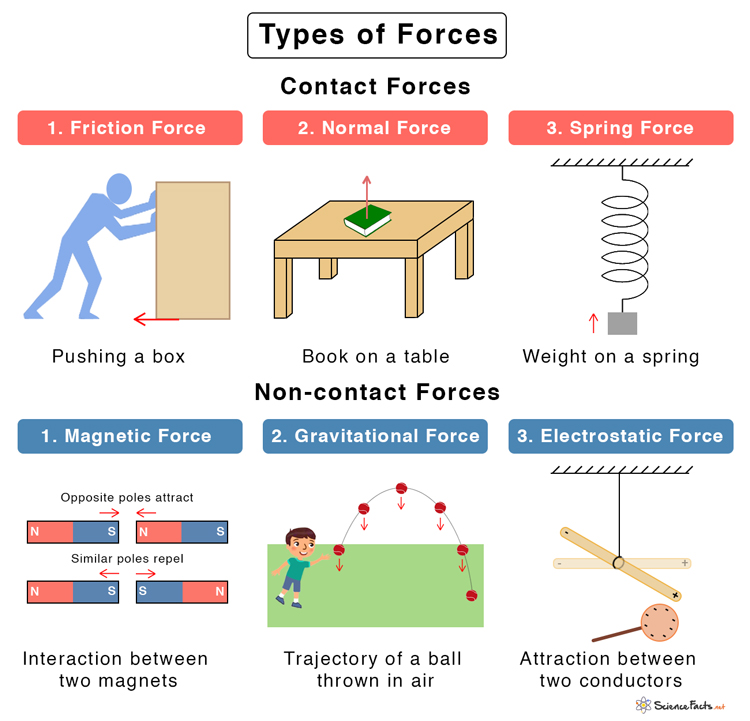Key Concepts to Revise from Grade 11:
Vectors:
- Definition: A vector has both magnitude (size) and direction. Represented as R or
- Graphical Representation: Add vectors using:
- Head-to-tail method: Place the tail of one vector at the head of the other.
- Resultant Vector: The vector from the start of the first to the end of the last vector.
- Vector Resolution:
- Break vectors into horizontal () and vertical () components:
Trigonometry Refresher:
- Pythagoras’ Theorem:
- Angle :
Definitions to Memorize:
- Force: A push or pull resulting from the interaction between two objects.
- Gravitational Force (): The attraction between objects due to mass.
- Normal Force (): Perpendicular force exerted by a surface on an object in contact with it.
- Resultant Force (): The vector sum of all forces acting on an object.
Newton’s Laws of Motion:
First Law (Law of Inertia):An object remains at rest or in uniform motion unless acted upon by a net external force.
Key Point: Objects resist changes in motion.
Second Law:
a is proportional to the net force (FR) and inversely proportional to the object’s mass (m).
Third Law:
For every action, there is an equal and opposite reaction.
Example: When you push against a wall, the wall pushes back with equal force.
Example: When you push against a wall, the wall pushes back with equal force.
Law of Universal Gravitation
Focus on definitions and laws. Ensure you understand rather than memorize.
Practice Force Diagrams:
Draw clear, labeled diagrams for each problem.
Work Through Examples:
Practice resolving vectors and calculating resultant forces.
Memorize Key Formulas:
, where:: Gravitational constant.
: Masses of the objects.
: Distance between the centers of the objects.
: Masses of the objects.
: Distance between the centers of the objects.
Types of Forces:
Contact Forces:
- Frictional Force ()
- Tension (T)
- Applied Force
- Normal Force ()
Non-Contact Forces:
- Gravitational Force ()
- Electrostatic Force
- Magnetic Force
Force Diagrams:
Free Body Diagram (FBD):
Represents forces acting on a single object.
Arrows indicate force magnitude and direction.
Tips for Drawing:
Always label forces clearly (e.g., , ).
Always label forces clearly (e.g., , ).
Include angles and components for vectors if necessary.
Exam Tips:
Understand Concepts:Focus on definitions and laws. Ensure you understand rather than memorize.
Practice Force Diagrams:
Draw clear, labeled diagrams for each problem.
Work Through Examples:
Practice resolving vectors and calculating resultant forces.
Memorize Key Formulas:
Keep , , and handy.
Use Mnemonics:
First Law: "Inertia keeps things still or moving."
Second Law: "Force, mass, acceleration – FMA!"
Third Law: "Action and reaction."
Second Law: "Force, mass, acceleration – FMA!"
Third Law: "Action and reaction."
Memory Aids:
- Vector Directions: "Tail-to-head for adding, head-to-head for subtracting."
- Force Types: "Gravitational pulls, normal pushes, friction slows, tension stretches."
- Newton’s Laws Order: "Rest, Resultant, Reaction – 1st, 2nd, 3rd!"
Common Mistakes to Avoid:
- Forgetting that weight () is , not mass ().
- Confusing normal force with gravitational force.
- Not breaking vectors into components when solving problems.
- Overcomplicating free-body diagrams – keep them simple and clear.
Let's Practice!
1.















0 Comments